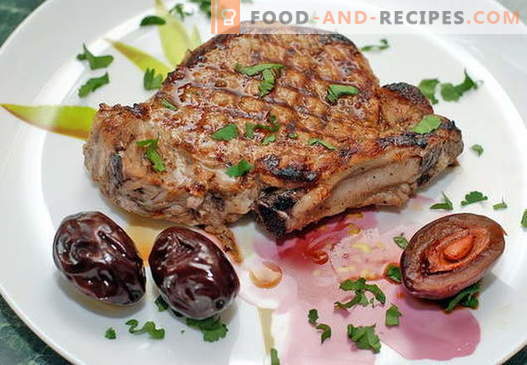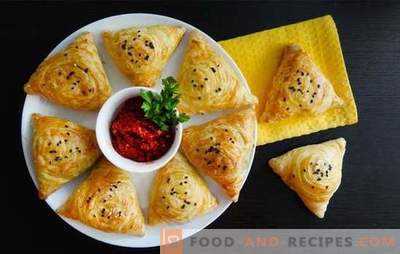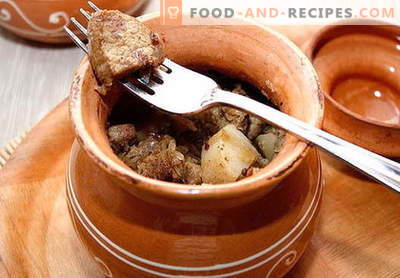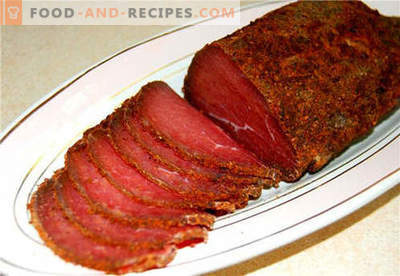
Orthodox Easter is celebrated this year on April 12th. It's time to talk about breaking your fast. More precisely, about meat, which is traditionally used for this ritual act, because it is meat that is primarily associated with the exit from the post.
Meat preferences of our ancestors from Kievan Rus and Muscovy, differed significantly from ours. The main livestock in the herds of livestock breeders at that time were not pigs at all, as in modern Russia. Our ancestors gave preference to more practical cows, which, in addition to meat, give milk, and, not surprisingly, sheep, which, in addition to meat, give wool. In those days, the last tramp had his own sheepskin coat, she was a sheepskin coat, a hat made of lamb wool, and possibly valenki.
Today it is considered that for the indigenous Slavic population of the center of Russia, lamb is a kind of delicacy. Meanwhile, as evidenced by numerous sources from Domostroi to Karamzin, lamb constituted the usual food for the majority of ordinary people in the early days from spring to late autumn. The beef was mostly slaughtered in the autumn: in the winter, keeping a cow is too troublesome. Her meat was prepared for the future using a variety of exotic ways for us. Most often, it was salted. Almost like the Indians salt the buffalo.
Pigs were kept little. In pre-Christian times and later, until paganism lost ground, pigs were traditionally beaten at the height of winter for one of the most long-awaited celebrations of the year. It was dedicated to Kolyada. What or who this Kolyada certainly no one will say today. Karamzin advocated his recognition of the god of feasting and peace. In Chetya Minea, this character is classified more modestly - only as a god of festivities. The very same legendary Russian chronicler Nestor, remembering pagan deities, Kolyada did not bother to add to their list. Regardless of his status, they revered Kolyada for glory, sacrificing to him hordes of pigs, who in this action were given the role of a symbol of fertility and even beauty. It is because of the small number of livestock, pork in the old days was the queen at the long-awaited holiday. About Kolyada eventually forgotten. But the tradition to consume pork in the midst of winter remained and was tied to Christmas, which in the calendar surprisingly coincided with the days of worship of pagan authority. As Christianity penetrated into the culture of the Slavs, the perception of pork as an animal, whose meat accompanies the celebration of the most important dates, was postponed to Easter. This tradition is still alive today. Our orthodox fellow citizens should think about decorating a festive table with a stuffed suckling pig. However, one thought about the troubles associated with the creation of this dish, not to mention its value, plunges into panic. A good alternative to the piglet is a semi-finished dish, which is now a lot. The main thing is not to be mistaken with the choice of the manufacturer. In this sense, I prefer small combines. Of these, more than others I sympathize with "Outskirts". And not only because it is a modest factory in the Moscow region with its own farm. They also have their own online store. Therefore, you will not have to go for a delicious piece of meat to any shopping center and push yourself there in the pre-holiday queue.























